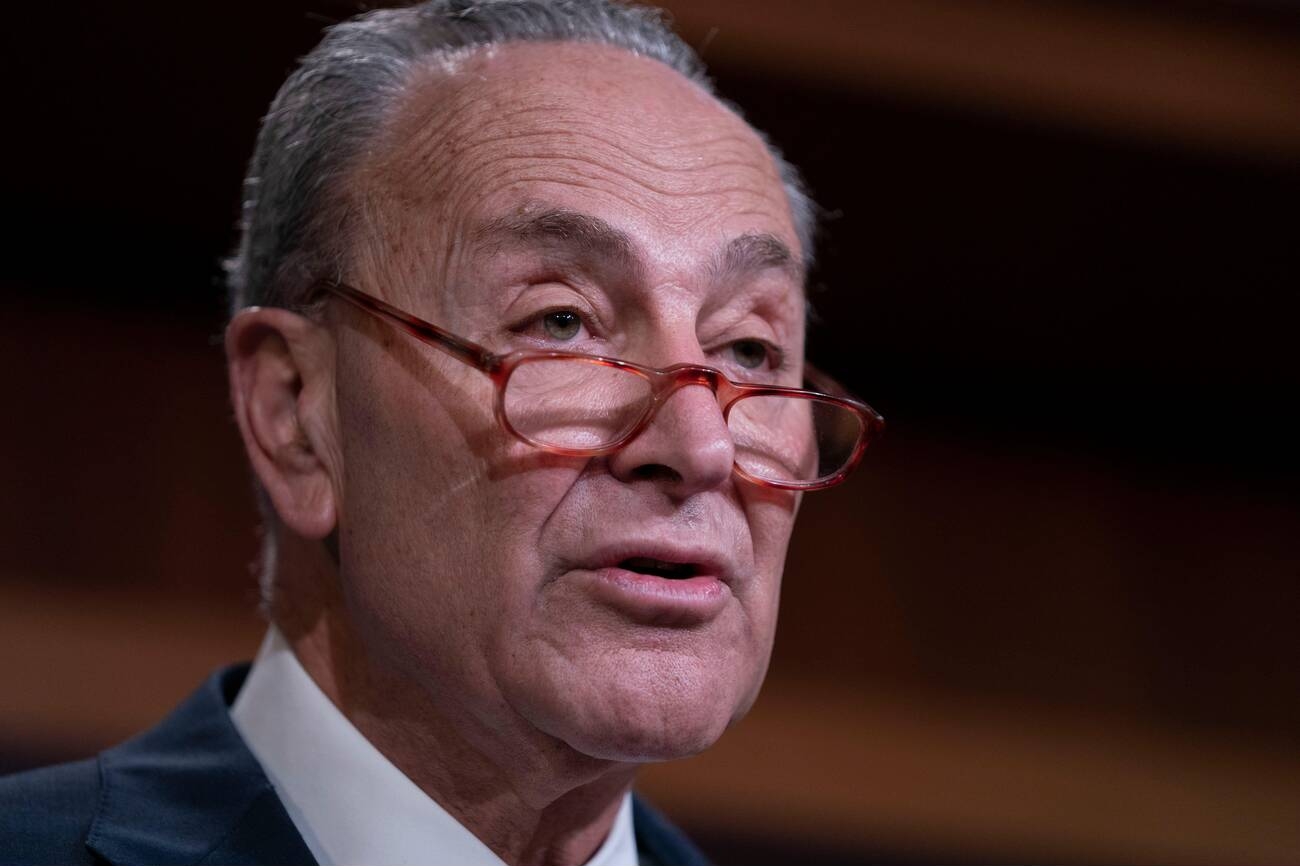The best advice that tax practitioners and business advisers can give their clients in the wake of the new Supreme Court decision on Obamacare is actually pretty simple: Keep doing what you’re doing.
The new ruling issued by the nation’s top court on June 25 effectively preserves the status quo (King v. Burwell, S. Ct. No. 14-114, 6/25/14). Under Obamacare – the commonly used nickname for the Affordable Care Act (ACA) – low-income families that acquire health insurance through a government-operated exchange may qualify for premium tax credits. Although some states operate their own exchanges, residents in 34 states can only purchase the insurance through the federal exchange.
Challengers to the ACA argued that a literal reading of the language in the law limits the subsidies to residents of states that operate their own exchange. Specifically, the credits are available for exchanges “established by the state.” Because the federally operated exchange isn’t established by the state, the plaintiffs claimed that the credits should be denied.
Without the subsidies, millions of Americans could not afford to meet the health insurance mandate under Obamacare. The system would likely collapse without this critical component.
But SCOTUS (the Supreme Court of the U.S.) ruled in favor of the Obama administration. It took a broader view of the structure of the law and relied on the overall intent of Congress to make the credits available to everyone. Thus, the highest court in the land avoided what Chief Justice Roberts referred to in his majority opinion as the “death spiral” of the law.
This is the second time the Supreme Court has overturned a major challenge to Obamacare. Back in 2012, it ruled that Congress had the authority to levy a tax on individuals who failed to acquire health insurance (National Federation of Independent Business, et al, S. Ct. No. 11-393, 6/28/12). Justice Roberts, known to be conservatively oriented, also wrote the majority opinion for the 2012 case. In his scathing dissent in the current case, another known conservative, Justice Scalia remarked, “We should start calling this law SCOTUScare.”.
Among numerous other provisions, the massive ACA contains “pay or play” mandates for individuals and businesses alike. The requirement for noninsured individuals to obtain at least minimal essential coverage kicked off on January 1, 2014 to much hoopla. Although there have been some technical glitches, close to 17 million people have signed up, at last count.
The requirements for businesses are being phased in based on size. Large companies with 100 or more employees became compliant on January 1, 2015. Beginning on January 1, 2016, small-to-midsized companies with 50 or more employees must also meet the shared responsibilities. (This effective date has been postponed twice.) Employers with fewer than 50 employees don’t have any legal responsibilities in this area.
Many of your business clients will likely be liable for the first time next year. If they haven’t already started ramping up to meet the obligations, they should do so now, especially since Obamacare has survived yet another Supreme Court challenge.
Employers with fewer than 25 full-time equivalent employees may be eligible for a small business credit to help cover the cost of providing coverage.
Take this opportunity to schedule a meeting with clients that may require your assistance. The January 1, 2016 deadline will be here before you know it.
Of course, we haven’t heard the last word about challenges to Obamacare, especially with the dawning of another presidential election campaign. However, until other developments occur, the best approach is to ensure compliance under the law.
Thanks for reading CPA Practice Advisor!
Subscribe Already registered? Log In
Need more information? Read the FAQs
Tags: Benefits, Legislation




